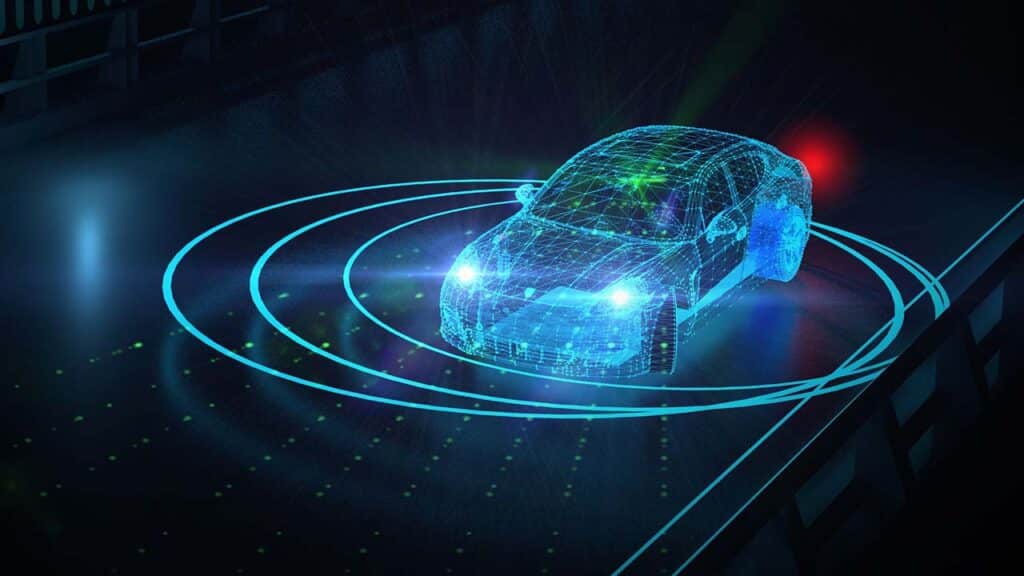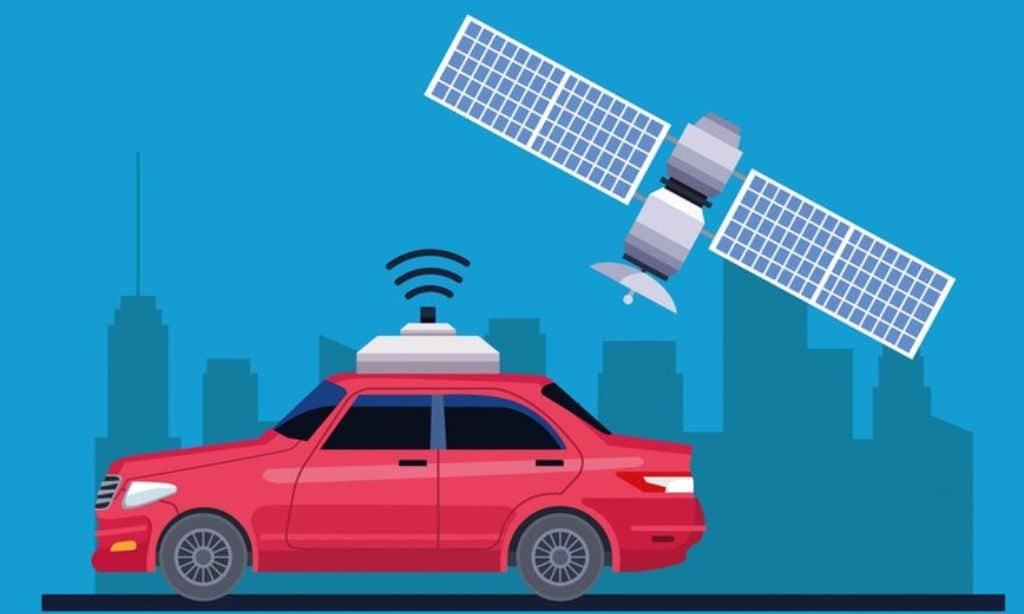Electric vehicles (EVs) are more than a trend—they are the future of transportation. Over the next decade, EVs are poised to revolutionize the automotive industry in ways that extend beyond just replacing gasoline engines.
From advanced battery technologies to new business models, EVs are reshaping how cars are designed, manufactured, and used.
This transformation is being driven by a combination of technological advancements, environmental concerns, and changing consumer preferences. Governments worldwide are implementing stricter emissions regulations and offering incentives to encourage EV adoption, making the shift inevitable.
In this comprehensive guide, we’ll explore 12 key ways EVs will change the auto industry, focusing on technological, environmental, and societal impacts.
Why EVs Are Revolutionizing the Industry?
The Current Landscape
The global auto industry is at a tipping point. With over 10 million electric cars sold in 2022, the market share of EVs is growing rapidly. Manufacturers like Tesla, BYD, and traditional automakers such as GM and Ford are investing heavily in EV technology to stay competitive.
Key Drivers of Change
- Government Policies: Countries like Norway aim to ban sales of gasoline vehicles by 2025, while the EU targets 2035.
- Environmental Concerns: EVs emit fewer greenhouse gases over their lifetimes compared to internal combustion engine (ICE) vehicles.
- Consumer Demand: Growing awareness of climate change is driving more consumers to opt for sustainable transportation.
1. EV Adoption Will Outpace ICE Vehicles
By 2030, EVs are projected to account for more than 50% of new car sales globally. Government incentives, improved affordability, and technological advancements will accelerate this transition. ICE vehicles will face diminishing market share as consumer preferences shift.
| Key Metric | Projected Data by 2030 |
| EV Market Share | 50%+ of new car sales |
| Cost of EV Ownership | Equal to or less than ICE vehicles |
| Number of EV Models Available | 300+ globally |
2. Rise of Affordable Battery Technologies
Battery costs are a significant factor in the overall price of EVs. Innovations in solid-state batteries, lithium-iron-phosphate (LFP) chemistries, and recycling methods are reducing costs. Bloomberg predicts that EV battery costs will drop below $100/kWh by 2030, making EVs more affordable than ever.
| Battery Advancement | Impact |
| Solid-State Batteries | Increased range and faster charging |
| Recycling Improvements | Reduced reliance on raw material mining |
| Cost Reduction | EVs priced competitively with ICE vehicles |
3. Shift to Sustainable Manufacturing
Automakers are integrating sustainable practices into their production lines. From using recycled materials to adopting renewable energy sources in factories, the industry is aligning with environmental goals. Tesla’s Gigafactories and BMW’s use of recycled aluminum are examples of this shift.
| Practice | Manufacturer Example |
| Renewable Energy Usage | Tesla Gigafactories |
| Recycled Materials | BMW, Nissan |
| Circular Economy Models | Volkswagen’s battery recycling initiative |
4. Autonomous Driving and EV Integration
The rise of autonomous driving technology is closely linked with EVs. Electric powertrains complement autonomous systems due to their simplicity and lower maintenance. Companies like Waymo and Tesla are leading the charge in developing autonomous EV fleets for ride-sharing and logistics.
| Feature | Impact on Auto Industry |
| Autonomous Ride-Sharing | Reduces personal car ownership |
| Enhanced Safety Features | Minimizes accidents |
| Lower Fleet Maintenance Costs | Increases fleet profitability |
5. New Business Models: Subscription Services
With the rise of EVs, car ownership models are changing. Subscription services allow users to access vehicles for a flat monthly fee, covering maintenance, insurance, and charging. This model is being adopted by brands like Volvo and Canoo, appealing to urban dwellers and younger generations.
| Subscription Feature | Benefit |
| All-Inclusive Pricing | Simplifies costs for users |
| Flexible Access | Users can swap or cancel subscriptions easily |
| Urban Appeal | Reduces need for personal car ownership |
6. Growth of Charging Infrastructure
To support EV adoption, governments and private companies are investing in extensive charging networks. Innovations like ultra-fast chargers and wireless charging pads are making charging as convenient as refueling a gas car.
| Type of Charger | Charging Speed |
| Level 2 Chargers | 4–6 hours for a full charge |
| DC Fast Chargers | 80% charge in under 30 minutes |
| Wireless Charging Pads | Under development for public spaces |
7. Impact on Energy Grids and Renewables
The rise of EVs will increase electricity demand, placing pressure on energy grids worldwide. To meet this demand sustainably, utility companies are turning to renewable energy sources such as wind and solar.
EVs also offer opportunities for energy storage and grid balancing through vehicle-to-grid (V2G) technology, which allows EVs to supply power back to the grid during peak hours.
As EV adoption grows, governments and utility providers will invest in smarter grids capable of handling fluctuating demands. Countries like Singapore and the USA are already piloting programs to integrate renewable energy into EV charging stations, reducing the environmental impact of electricity consumption.
| Key Development | Impact on the Grid |
| Vehicle-to-Grid Technology | Balances grid load during peak demand |
| Renewable Energy Integration | Reduces reliance on fossil fuels |
| Smart Grid Investments | Improves efficiency and reliability |
8. Software-Defined Vehicles (SDVs)
Electric vehicles are increasingly becoming software-driven, transforming them into “smart devices on wheels.” SDVs leverage advanced software to control everything from battery performance to autonomous driving capabilities.
Over-the-air (OTA) updates allow manufacturers to roll out new features, improve vehicle performance, and fix bugs without requiring physical visits to service centers.
This shift also enables a subscription-based model for software features, where drivers can pay monthly for advanced functionalities such as enhanced autopilot or premium entertainment systems. Tesla and Rivian are leading the way in integrating SDV capabilities, with legacy automakers quickly catching up.
| Feature | Benefit |
| Over-the-Air Updates | Reduces need for service visits |
| Customizable Software | Allows users to upgrade features on demand |
| Enhanced Driver Experience | Integrates AI-powered navigation and safety |
9. Decline in Traditional Car Dealerships
The EV revolution is disrupting the traditional dealership model. EV manufacturers like Tesla and Rivian have popularized direct-to-consumer sales, bypassing dealerships altogether.
Consumers can now order vehicles online and have them delivered to their doorstep, simplifying the buying process.
Additionally, the reduced maintenance requirements of EVs—thanks to fewer moving parts—mean less reliance on dealership service centers. This trend is forcing traditional dealerships to adapt by offering enhanced customer experiences, including specialized EV knowledge and charging infrastructure.
| Trend | Impact on Dealerships |
| Direct-to-Consumer Sales | Reduces dealership reliance |
| Less Maintenance Needed | Decreases service revenue |
| Specialized EV Knowledge | Increases demand for EV-focused staff |
10. Opportunities for Emerging Markets
Emerging markets are poised to benefit significantly from the EV revolution. Affordable EVs and government subsidies are making electric mobility accessible to middle-class consumers in countries such as India, Brazil, and Southeast Asia.
Additionally, local manufacturing of EV components like batteries and motors is creating jobs and boosting economies in these regions.
Electric two- and three-wheelers are especially popular in emerging markets, providing cost-effective and environmentally friendly alternatives to traditional vehicles. Governments in these countries are also investing in charging infrastructure to support EV adoption and reduce air pollution.
| Opportunity | Benefit to Emerging Markets |
| Affordable EV Models | Expands access to sustainable mobility |
| Local Manufacturing | Creates jobs and strengthens economies |
| Public Charging Networks | Encourages widespread adoption |
11. Expansion of Second-Life Battery Markets
EV batteries don’t end their lifecycle when they can no longer power vehicles efficiently. Instead, they can be repurposed for secondary uses such as home energy storage or supporting renewable energy grids.
This practice extends the battery’s utility and reduces environmental waste.
Automakers like Nissan and BMW have already implemented second-life battery projects to support energy storage solutions. Recycling and repurposing batteries will become a critical part of the EV ecosystem, reducing reliance on raw material mining and lowering costs for end-users.
| Second-Life Application | Benefit |
| Home Energy Storage | Supports solar and wind power systems |
| Renewable Grid Storage | Balances supply and demand |
| Reduced Battery Waste | Minimizes environmental impact |
12. Enhanced Urban Mobility Solutions
EVs are transforming urban transportation by integrating seamlessly into modern mobility solutions. Electric buses, taxis, and rideshare fleets are reducing emissions in cities worldwide.
Moreover, micromobility options such as e-scooters and e-bikes are providing efficient last-mile connectivity.
Cities are also redesigning infrastructure to accommodate EVs, including dedicated EV lanes, parking spaces with chargers, and subsidies for public transport electrification. These developments make urban transportation cleaner, quieter, and more efficient, paving the way for sustainable urban living.
| Urban EV Development | Impact on Mobility |
| Electric Public Transit | Reduces urban air pollution |
| Micromobility Solutions | Improves last-mile connectivity |
| EV Infrastructure Expansion | Enhances accessibility and convenience |
Takeaways
Electric vehicles are at the heart of a transformative decade for the auto industry. From accelerating adoption rates and lowering costs to revolutionizing urban mobility and sustainable manufacturing, the EV revolution is touching every aspect of the sector.
As governments, manufacturers, and consumers embrace this change, the auto industry will become more sustainable, efficient, and innovative.
The integration of cutting-edge technologies like autonomous driving, smart grids, and second-life battery applications ensures that the impact of EVs extends far beyond the vehicles themselves.
By 2035, the automotive world will look radically different, driven by a commitment to cleaner energy, smarter systems, and a more connected global community. The shift to EVs is not just a technological evolution—it’s a paradigm shift that will define the future of transportation.
Let me know if you’d like further refinements or additions to this article!












































